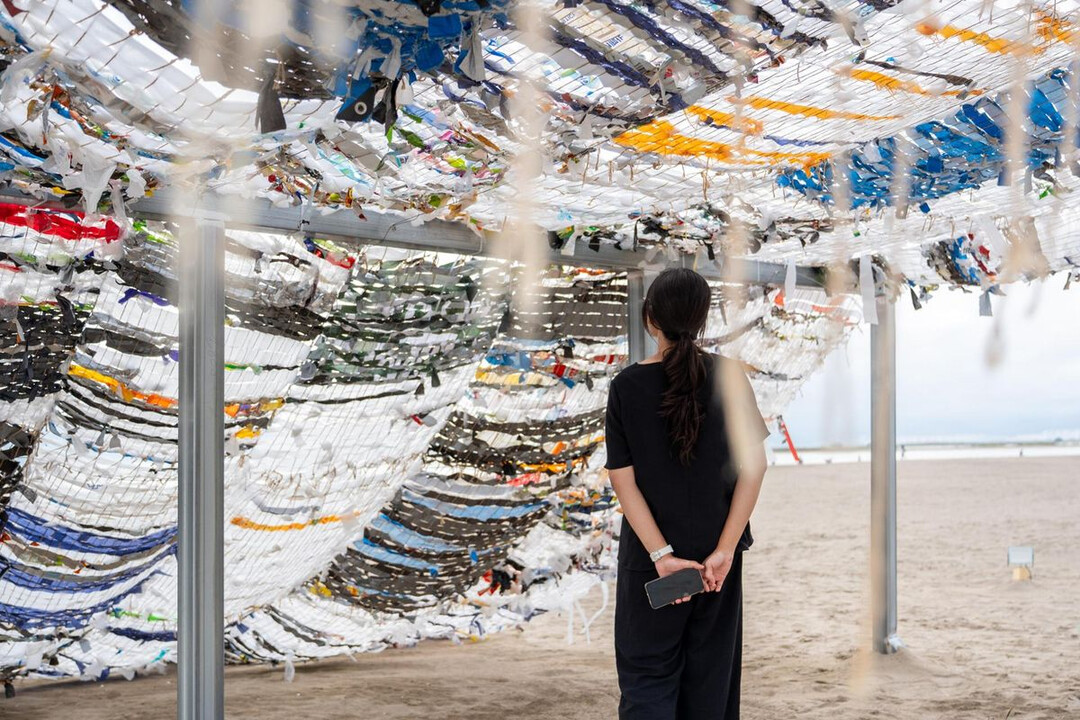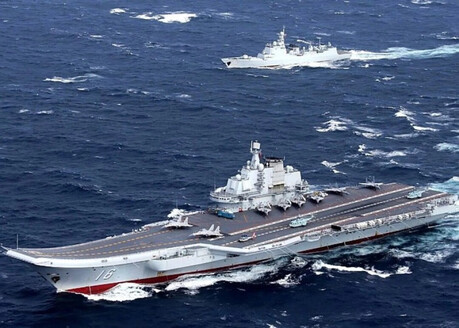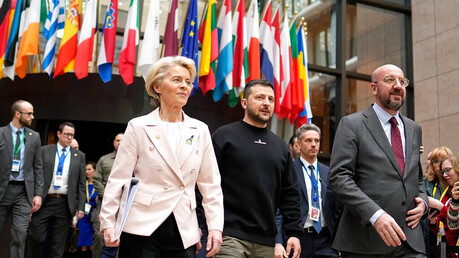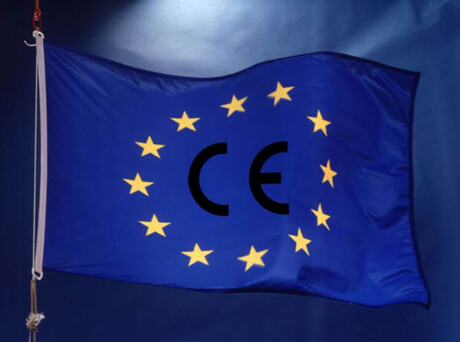
BUSAN, South Korea – Dadaepo Beach in Busan has been transformed into a sprawling open-air art museum as the 2025 Busan Sea Art Festival, themed "Undercurrents: Walking on Water Waves," is underway. Organized by the Busan Biennale Organizing Committee, the festival features 46 works from 38 artists across 17 countries, offering free viewing from 10 a.m. to 6 p.m. daily until November 2nd.
The exhibition extends beyond the beach to areas like the Dadae Incineration Plant and Molundae Coastal Walkway. At the Dadae Incineration Plant, a structure historically used for burning urban waste and slated for transformation into a marine tourism facility, installations explore the site’s past, present, and future.
One prominent work at the Incineration Plant is 'HOTEL INCINERATION' (Hotel Incineration), part of artist Cho Hyung-sup's 'Long-Term Surrealism.' Inspired by a brown-eared bulbul nesting there, the piece features a large banner depicting the bird overlooking the sea, prompting reflection on the site's history and its future as a potential 'hotel.' The artist also repurposed the plant’s guardhouse into a blue-lit 'hotel room' space, displaying a 13-minute video of a figure in a bird mask observing the desolate surroundings. On the chimney, Raul Balhi's 'Flag of Busan’s Temperature' uses large red and blue banners to visually represent the escalating climate crisis, symbolizing the planet's rising temperature.
On Dadaepo Beach, approximately 20 works are installed. Artist Kim Sang-don’s 'Egg and Lighthouse,' a golden sculpture towering twice the height of an adult, stands on a sand dune. Drawing inspiration from Busan's history as part of the ancient Gaya Kingdom and the birth myth of Park Hyeokgeose from an egg, the artwork connects history with the present. Another installation, 'Fragments: Memories of the Seawave,' consists of three large white structures created by magnifying sand particles collected from Dadaepo, New York, and Mallorca a thousandfold using high-precision technology, illustrating the material characteristics and harmony of different regions.
Several shipping containers on the beach house video art, such as Som Supaparinya's 'The Two Sides of the Moon,' which documents the lives of residents along a Thai border river changed by dam construction. Visitors, like Kim Seong-tae (39) from Seoul, praised the experience, noting the joy of exploring the vast beach and discovering the scattered artworks like a treasure hunt.
While most major lectures and performances have concluded, participatory programs continue until the festival's closing. The 'Weaving Workshop: From Plastic Waste to Carpet' runs until November 2nd, demonstrating how discarded plastic is hand-woven into carpets, highlighting the hidden value of waste. Guided tours titled 'Walking Along Hidden Currents,' where docents provide 60-minute commentary on the artworks, also continue until the final day.
[Copyright (c) Global Economic Times. All Rights Reserved.]




























